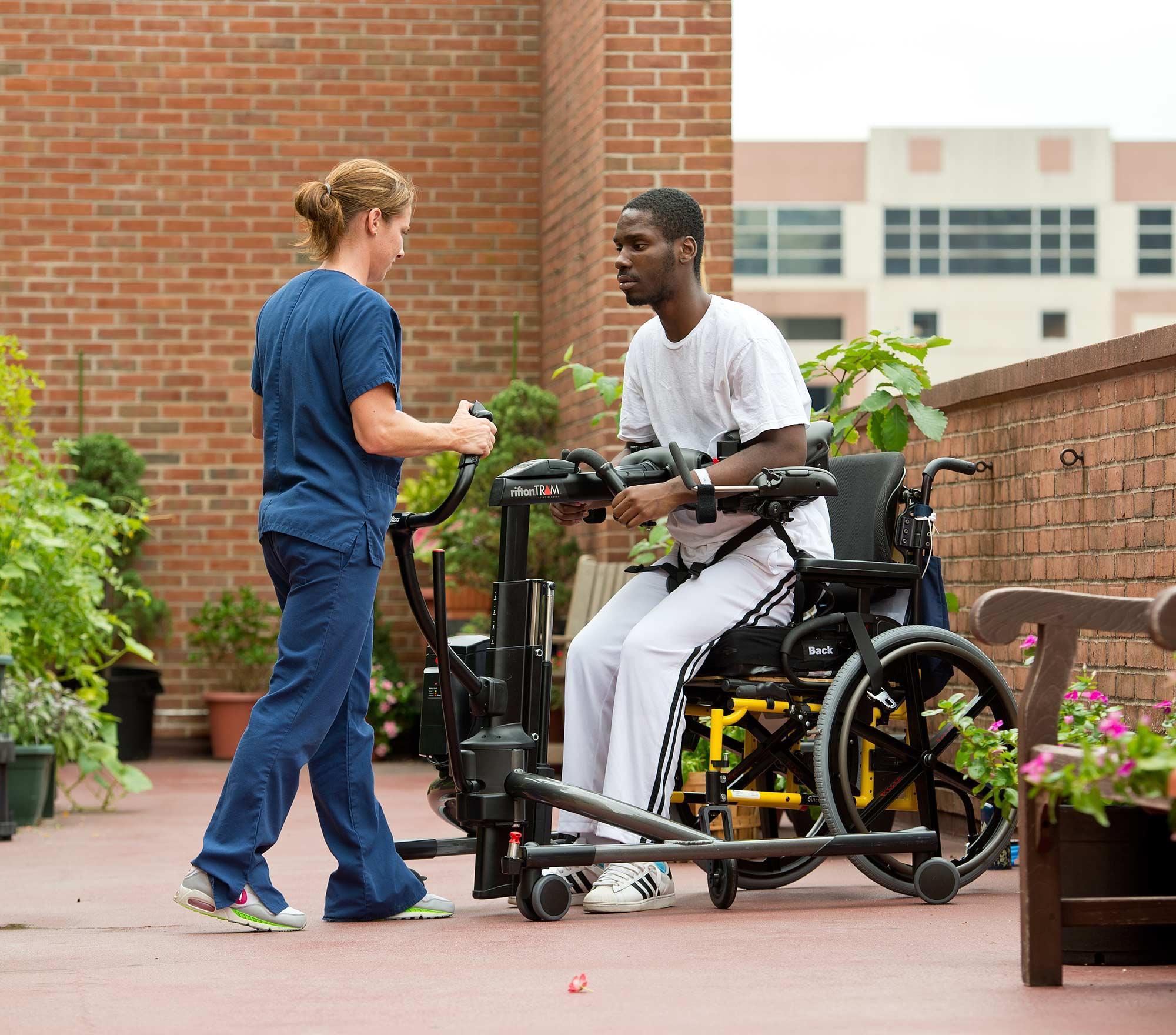It's time we talk about patient lifts.
When bringing home an elderly loved one or someone immobile, there are many details to consider. One of the more important ones is patient lifts for home use. Patient transfer is an integral part of daily care in many people's lives, and caregivers often have difficulty lifting a patient for daily activities, such as bathing, dressing, toileting, and patient transport. Patient lifts can positively alter both a patient's and caregiver's life by enabling easier transfers and lessening the risk of injury during a transfer.
What type of patient lift is the best for home use?
There are three main types of patient lifts: hydraulic and electric floor lifts and sit-to-stand lifts. Each class has pros and cons you should consider before purchasing.
1. Hydraulic patient lifts are operated with a hand pump that raises and lowers the patient on a sling. They are the most cost-effective type of patient lift and are often seen in homecare settings. However, these pumps can be difficult to operate for some people, and the risk of injury is higher if not used correctly.
2. Electric patient lifts are powered by batteries and have a joystick or switch that controls the lifting and lowering motion. These are generally the easiest lift types to use but can be more expensive than hydraulic or manual models.
3. Sit-to-stand lifts are designed to help transfer and lift patients from a sitting position to a standing position and back to sitting again. The adjustable cradle makes it perfect for people of all heights.
When deciding on a patient lift hoist, also consider the lift type.
1. Floor lifts are designed to be used on the floor and have a base that is easy to maneuver around furniture. They are the most versatile and cheapest class of lifts; however, they usually take up a considerable amount of space.
2. Ceiling lifts are mounted to the ceiling and track along with a rail system, making them ideal for patients who need to be lifted frequently. These are often used in hospitals and nursing homes.
There are a few things you should keep in mind when purchasing a patient lift:
- Consider the weight capacity of the lift. Most models can accommodate anywhere from 350-750 pounds, but some can accommodate more or less.
- Think about the height range that you will need to transfer your patient. Some lifts only have a few inches of height adjustment, while others have a much more extensive range.
- Look at the features of the lift. Some models come with a built-in scale so you can weigh your patient before each transfer, and some have swivel seats to make it easier to get on and off the lift.
- Consider the type of slings for patient lifts that you will need. There are full-body patient lift slings, leg slings, and seat slings available in a variety of sizes.
When it comes to aftercare, patient lifts can be a valuable asset. They can help patients regain their independence after an injury or illness and allow them to participate in activities they enjoy again. For caregivers, patient lifts can provide peace of mind knowing that their loved one is being safely transferred.
If you're considering a patient lift for yourself or a loved one, feel free to use ProHeal's product finder or talk to one of Shop Home Med's representatives. With so many options on the market, we are more than happy to assist you in finding the right one for you. To read more about patient lifts and slings, click here.
Happy lifting!









